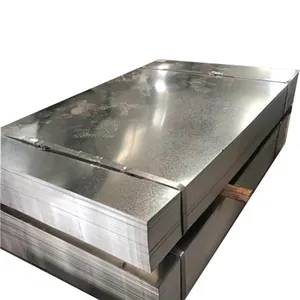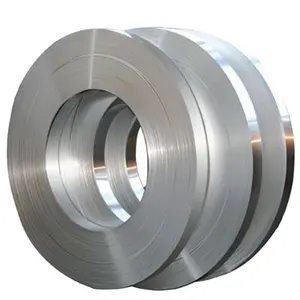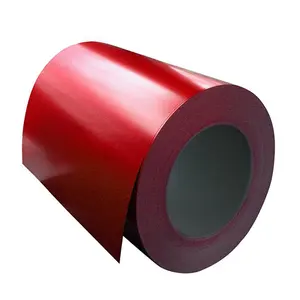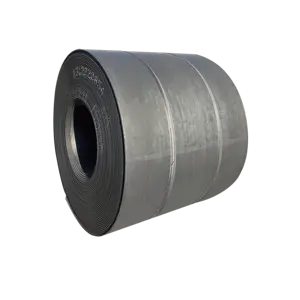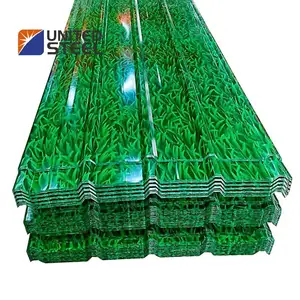Popular in your industry


















































































































































































Top categories
About 68kg rail
Introduction to 68kg Rail
The 68kg rail, a substantial component in railway construction, serves as the foundational track for heavy-duty and high-speed rail transport. This category of rail is characterized by its weight per meter, indicating its robustness and suitability for extensive rail networks.
Types and Applications
Railway tracks are integral to the transportation infrastructure, and the 68kg/m rail is commonly used in mainline and high-speed networks due to its ability to withstand substantial train loads and frequent traffic. Its versatility also extends to heavy haul, metro, and industrial tracks.
Features and Materials
The heavy-duty 68kg rail is manufactured from high-quality steel grades designed for high strength and durability. The material composition ensures resistance to wear and tear, providing a reliable pathway for trains. The profile of the UIC 60 68kg rail, which includes the head, web, and foot, is engineered to optimize stability and load distribution.
Advantages of 68kg Rail
Incorporating 68kg rail dimensions into rail systems brings numerous advantages, such as enhanced safety due to its ability to handle high-speed rail operations. The heavy rail 68kg also offers longevity and reduced maintenance costs, making it a cost-effective solution for long-term rail infrastructure projects.
Installation and Maintenance
While the installation and maintenance of the 68kg/m heavy rail are critical, it is essential to consult with experienced professionals in the field to ensure proper handling and longevity of the rail tracks. Regular inspections and maintenance are vital to preserve the integrity of the 68kg rail track.
Choosing the Right 68kg Rail
Selecting the appropriate 68kg rail for sale requires careful consideration of the specific requirements of the railway project. Factors such as track design, load requirements, and environmental conditions play a crucial role in determining the most suitable rail type.
